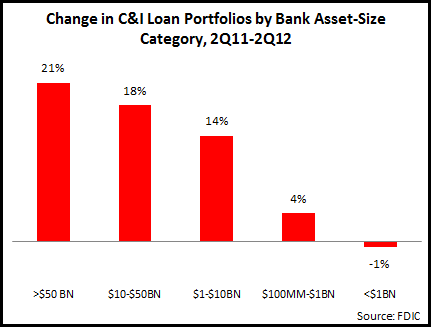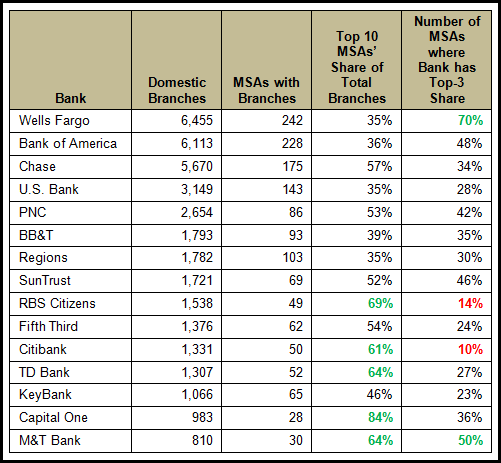All of the leading bank card issuers reported continued improvement in key credit quality metrics for their credit card portfolios in 1Q11, as seen in the following charts.
As a result of these improvement, banks have slashed their provision for credit losses, which has significant boosted profitability.
However, banks’ credit card outstandings are continuing to decline. In reporting financials, a number of banks reported that they expect outstandings to grow in the second half of the year, and in arecent months, we have seen signs of more aggressive acquisition activity (such as growing direct mail volume and re-appearance of lengthly 0% balance transfer offers). However, banks will certainly be very cautious in their efforts to grow lending in the coming quarters, as they seek to avoid any repitition of the over-exhuberant lending climate taht prevailed in the middle of the last decade.


